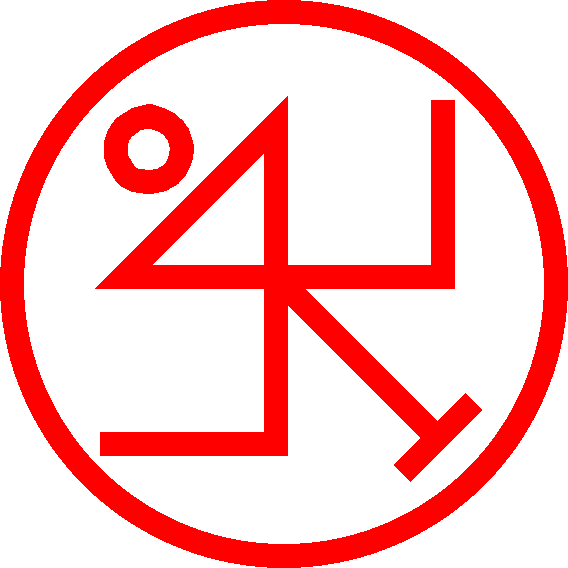Okay. “Gangnam” was easy: two syllables. Why is “Style” written as three syllables? There’s two linguistic reasons for this: clusters, and diphthongs. Bear with me.
Clusters
I told you that Korean doesn’t like consonant clusters in syllables. One at the beginning and one at the end at most. So the “ST” at the beginning of “Style” has to go. We do this by breaking it into two syllables, adding what you can call a “prop” vowel between them. The vowel of choice for this in Korean is “u”. So now the word is written “Su-tyle”. If you say it without over-emphasizing the “u”, you can see how it works. Try hissing the “S” a bit longer and you can sorta get the idea. “Ssssss(u)-tyle.”
Diphthongs
Okay, now the vowel sound in “style”. In English we call that a “Long I” sound, but English is weird. In most any other language, that sound is a diphthong, a combination of two vowels. In fact, it’s the vowel “ah” followed by the vowel “ee”. Say those two sounds and blend them together quickly: “ah-ee”. “aaeee”. If you do it a few times, you will realize that you have just prouduced the English “long I” sound.
Since Korean doesn’t have our crazy “long I” as a single vowel, Korean breaks it into two separate vowels … but that means two separate syllables.
So now “Style” is in three syllables in all: “su-tah-eel”. Now we can look at the Hangul.

Neither of these first two syllables ends in a consonant, so they have the “two-jamo” shapes. The shape of the jamo “S” is supposed to make you think of your tongue arching up towards, but not touching, your upper palate. Try going “SSSS” and you’ll get the idea. And the “u” is a wide sign because you round your lips when you go “oooo”.
The “ah” in “ta” is the same symbol you saw in “gang” and “nam”. As for the “T”: Start with the jamo for “D”, which looks like this: ㄷ. It represents your tongue curling up to the back of your upper teeth like the jamo for “N”, but it includes the upper bar to show that you actually stop the breath in making the sound. Say it a few times. “D”. “D”. Okay. Now the horizontal bar in the middle turns it from a “D” into a “T” because there’s an additional puff of air. In linguistic terminology, the “T” is aspirated while the “D” is not. So there you go! Once again, ㅌis a diagram of how to make the sound “T”.
The final syllable: the placeholder
The final syllable, eel, begins with a vowel. So now we will use that “placeholder” which we represented by a blue “X” in our first post. The placeholder jamo means “This syllable starts with no consonant at all, or if you prefer, a silent consonant.”
Okay. The “ee” vowel is unrounded like “ah”, so it’s a tall sign. The jamo for “L” is supposed to represent the tongue curling in your mouth and flapping against your upper palate. In Korean, “R” and “L” are represented by the same jamo; they’re basically the same sound but come out slightly differently in different places. At the beginning of a syllable, it comes out more like “R” (like in the Korean name Ryu); at the end, more like “L” (like in the word Hangul).
But that first jamo, the circle, is our placeholder. It’s a circle because it represents your mouth being open to make a vowel sound with no consonant before it. Easy!
But hold on a minute. We saw that jamo before … it was the final jamo in the syllable gang!
The placeholder is never needed at the end of a syllable; if there’s no consonant, you just write the syllable with two symbols, like we did above with su and ta. Conversely, the consonant “NG” never occurs at the beginning of syllables in Korean. So we can use the same symbol for both meanings: at the beginning of a syllable it must be silent; at the end it must be “NG”.
Woot!
So now we’re all done! We’ve seen how “Gangnam Style” is written in Hangul!
I hope this series has shown you just how clever and elegant the Hangul writing system is. It’s not a good system for a language like English with all its diphthongs and clusters, but for Korean, for which it was designed (see the final post of our series to learn about its invention!) it’s perfect.


